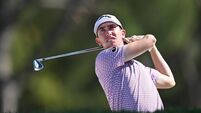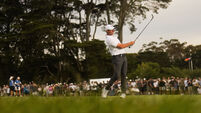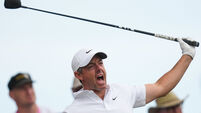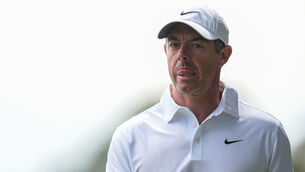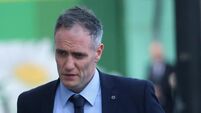"By the time Rory McIlroy was eight, he was a golfer"
Michael Bannon always knew talent when he saw it. When he played Ronan Rafferty in the final of the 1980 Irish Amateur Close at Royal County Down, he was so nervous he walked onto the first tee in his street shoes. Needless to say the first child golf star to emerge from Co Down hammered him 8 and 7.
In 1998 he made a play-off for the Irish Professional Championship at Powerscourt with Des Smyth, Francis Howley and Pádraig Harrington. Harrington holed a long bomb to win the first of his six Irish PGA crowns at the first extra hole.







